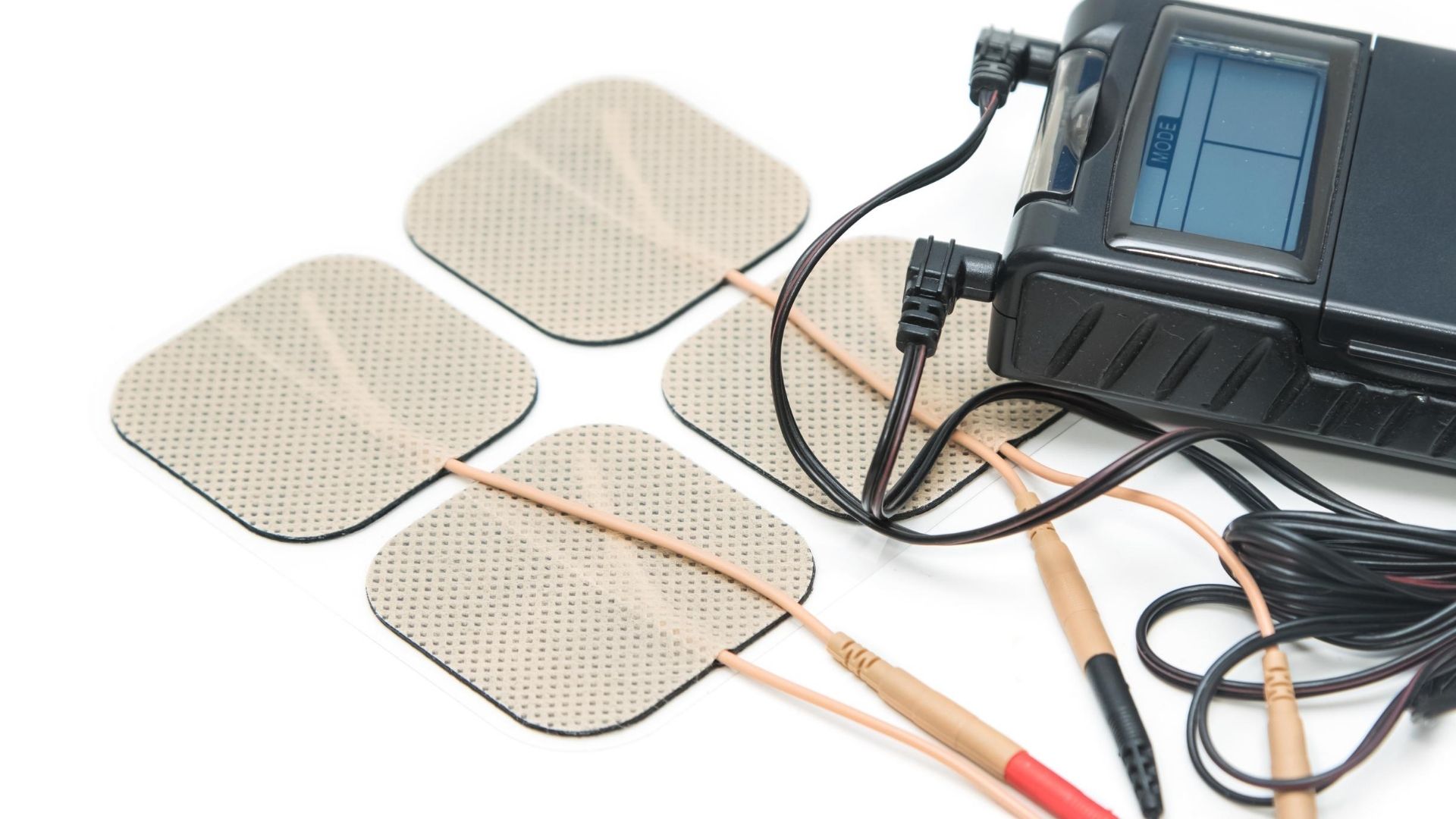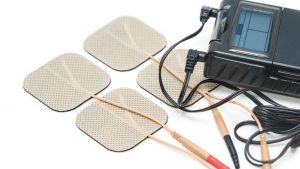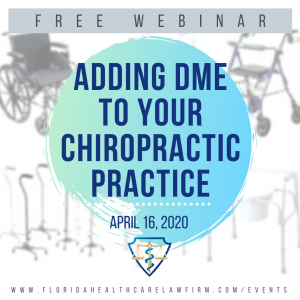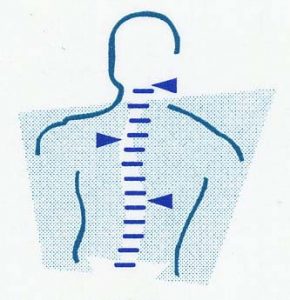Today marks a big win for Chiropractors, the Florida Chiropractic Association, and other medical providers that treat patients as a result of a motor vehicle accident. Legislation was presented earlier this year which would have completely changed how the personal injury protection (“PIP”) industry would impact medical providers. The legislation is known as Senate Bill 54 (“SB 54”).
SB 54 was sought to end the requirement that Floridians purchase $10,000 in PIP coverage and would instead require mandatory bodily injury (“MBI”) coverage that would pay out up to $25,000 for a crash-related injury or death. This would have meant that for each case before a provider would be paid by the patient’s car insurance coverage, fault would have to be determined through litigation which would have increased the time it would have taken providers to be paid. In today’s landscape providers are able to bill the patient’s PIP coverage for the initial $10,000, and be paid 80% of the billed charges immediately, and if this law would have passed each treating provider would have had to either bill the patient’s health insurance, or treat patients on letters of protection.
In Governor DeSantis’s veto letter he wrote, “While the PIP system has flaws and Florida law regarding bad faith is deficient SB 54 does not adequately address the current issues facing Florida drivers and may have unintended consequences that would negatively impact both the market and consumers.”
Due to the potential repercussions this legislation would have had on an entire industry it is very important for all medical providers today to continue and evolve with the changing landscape. Although providers can take a breather today, because the battle is now over, they must begin to think about how their practices would have been impacted if they could have only billed patient’s health insurance or treated patients on letters of protection. Many providers that I have spoken with were not sure what they would have done, and one piece of advice I always give is that now is the time to start thinking ahead to the future. Meaning, if this law were to present itself again you all have to ask yourself would your practice be able to survive not being paid for months or years? Providers need to start considering how they can better evolve to provide better care to their patients while still being able to survive in the event PIP is repealed in the future.



 By:
By: 
 By:
By: 
 By:
By:  Attorney
Attorney  By:
By: